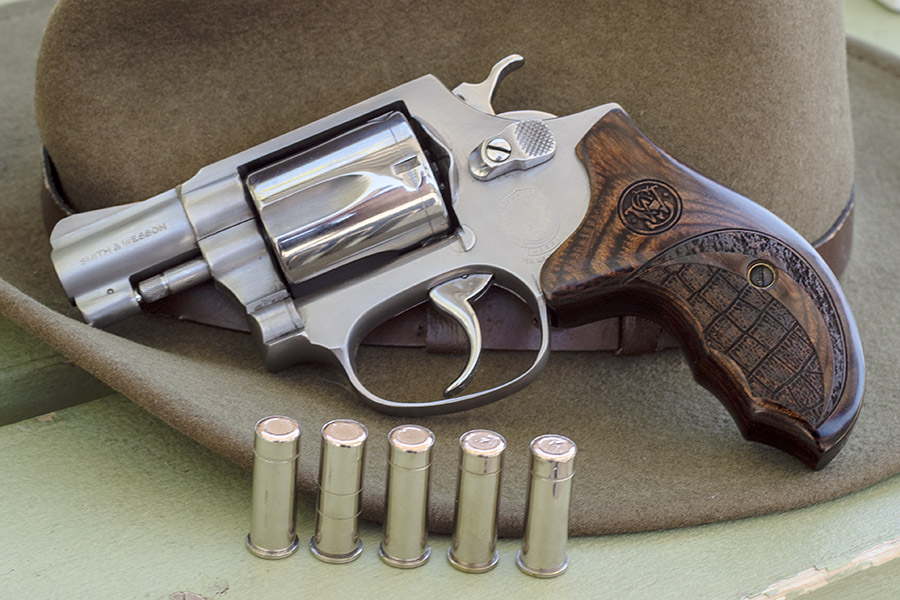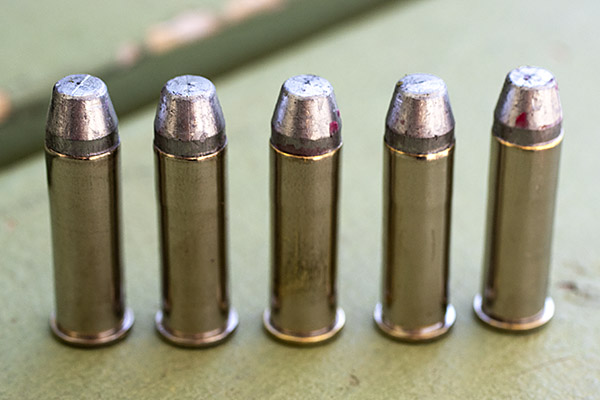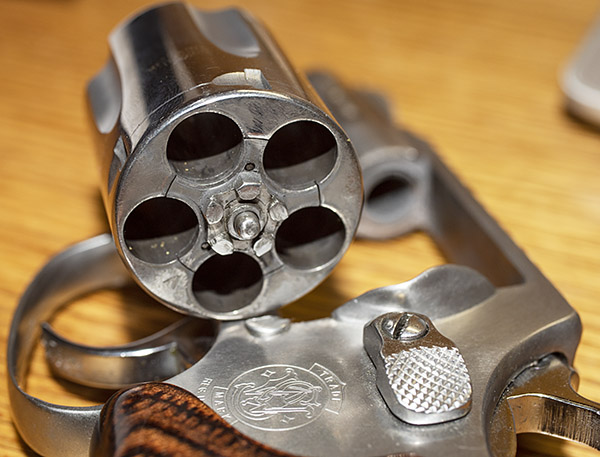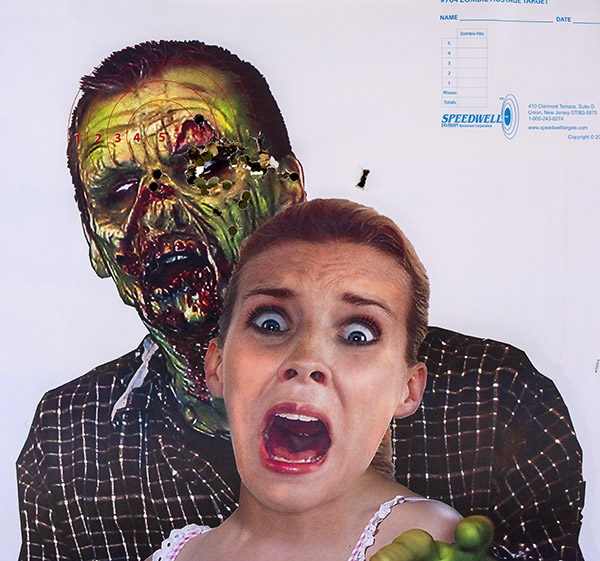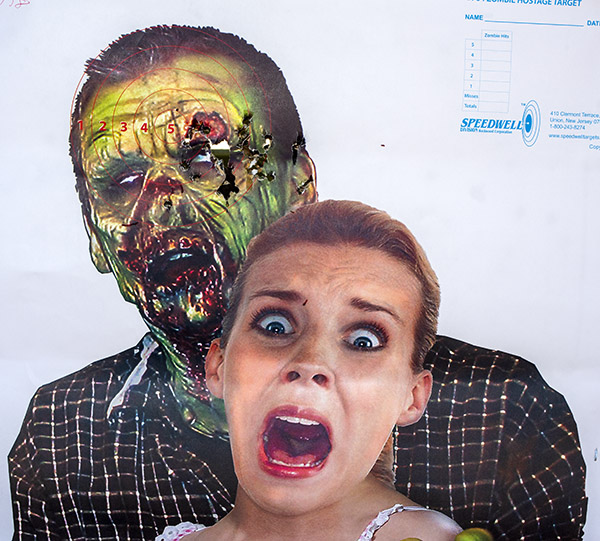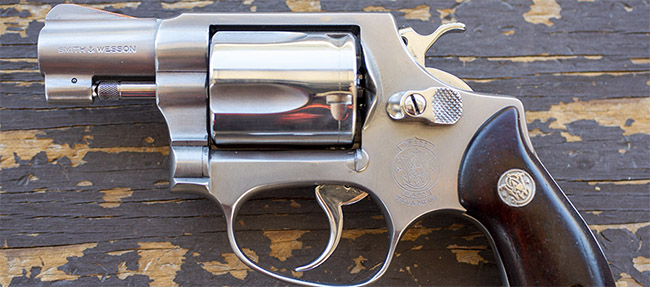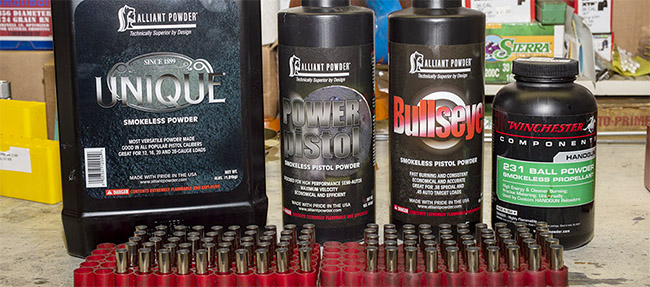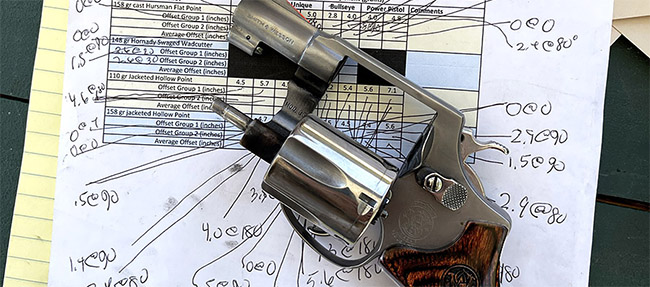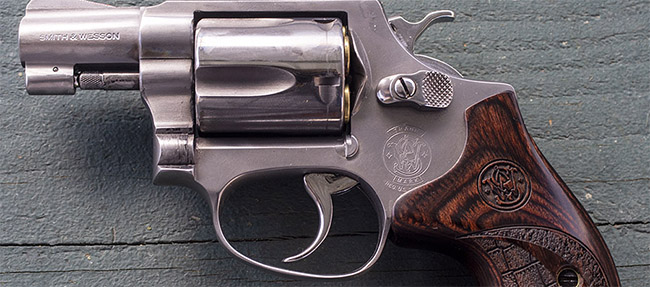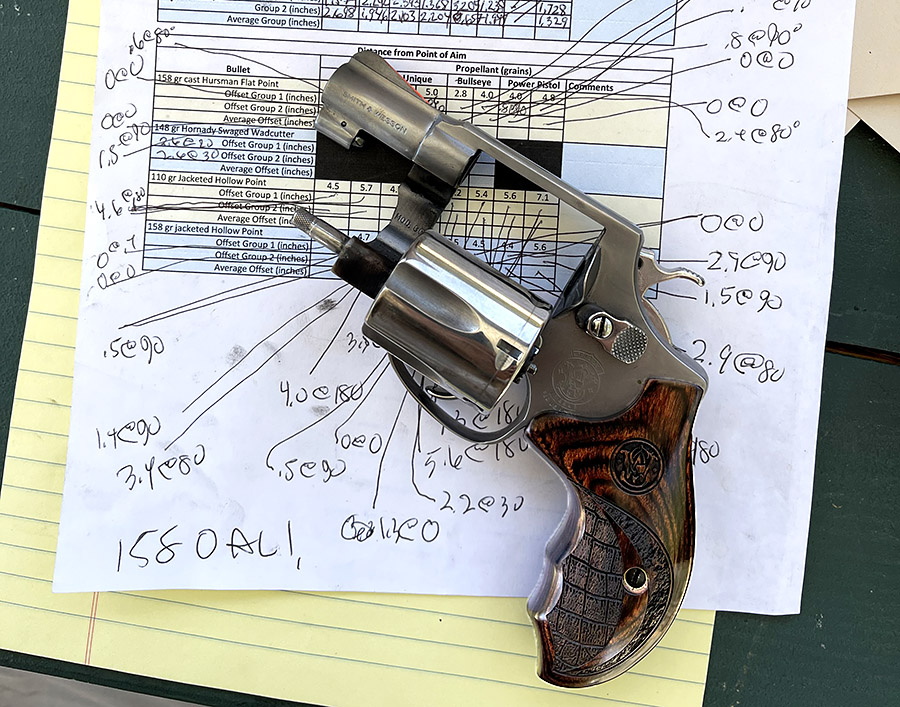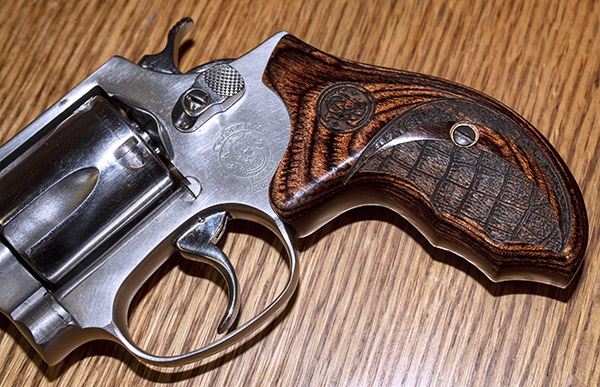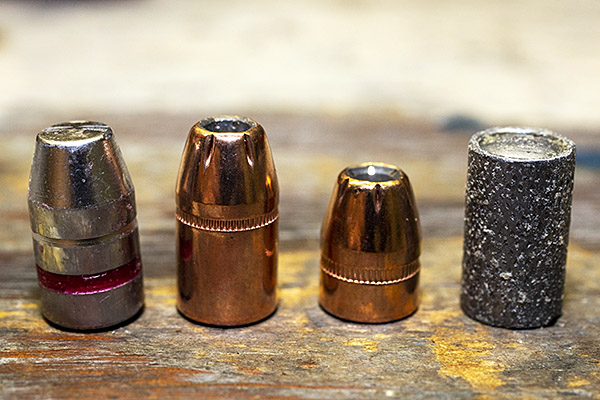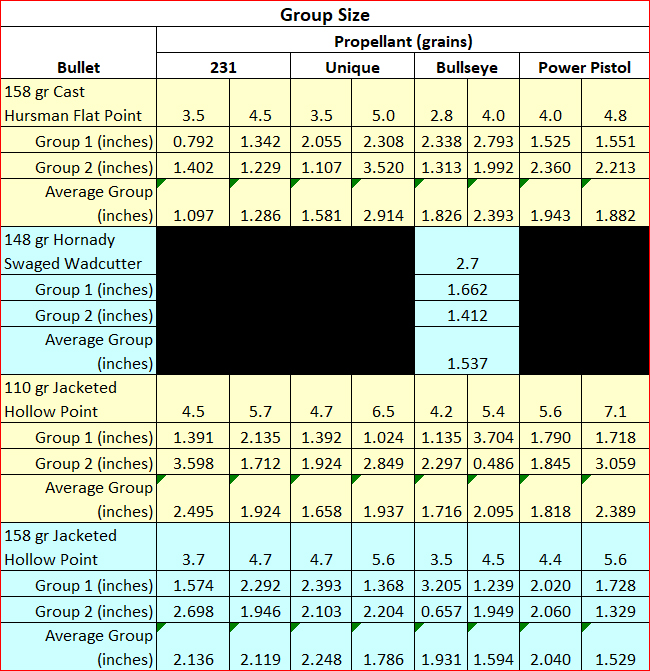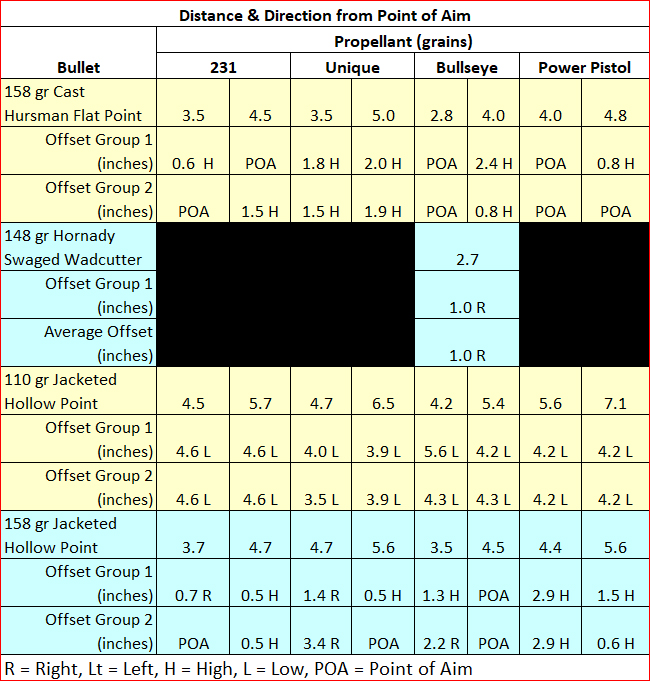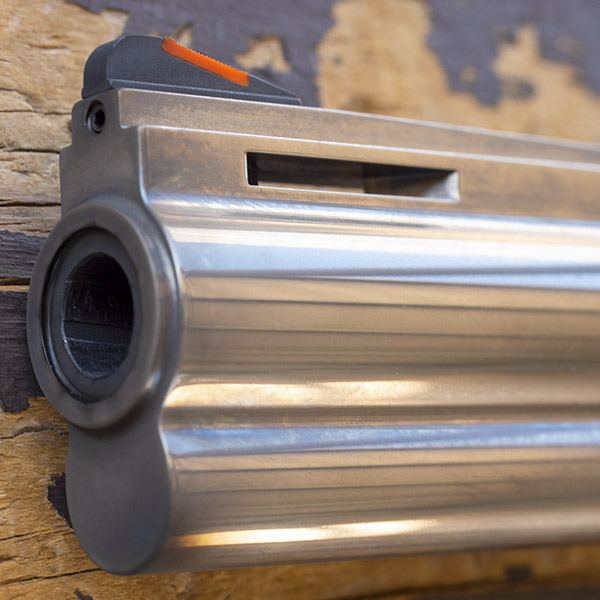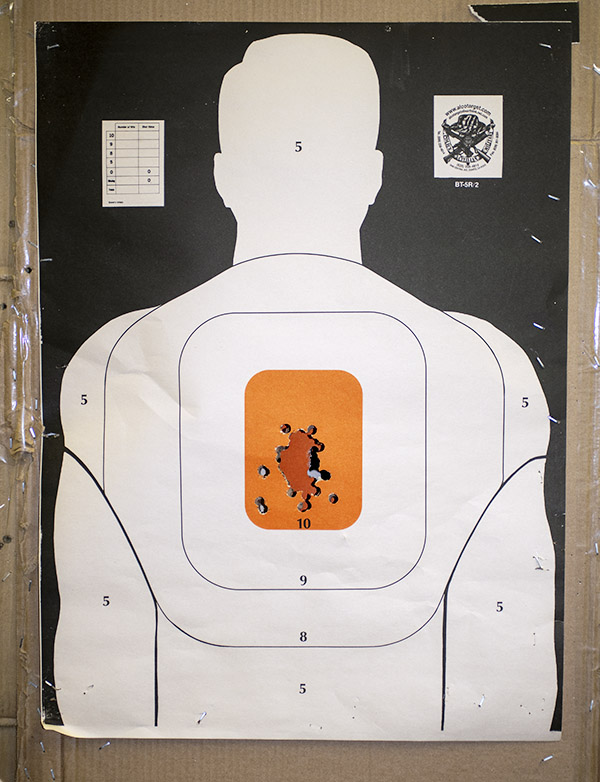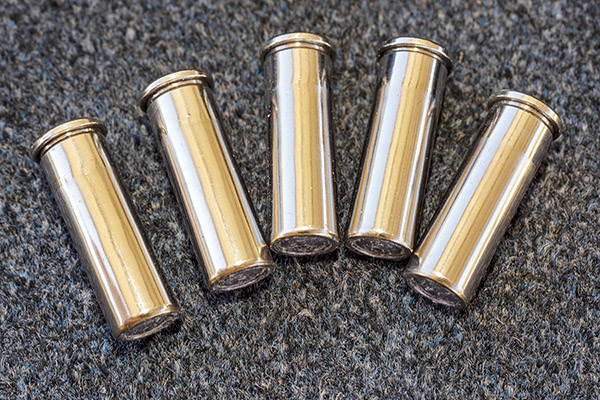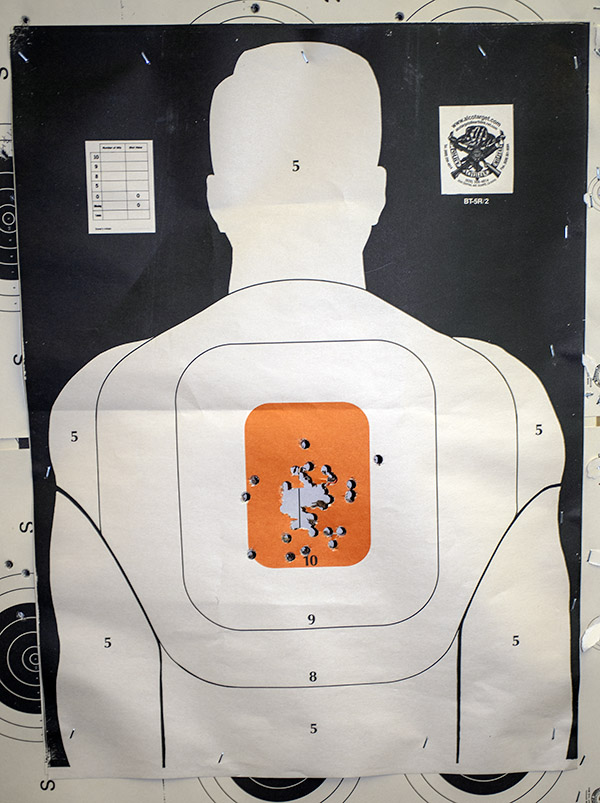By Joe Berk
Today I took the Model 60 to the range. All shooting was at the standard full size B21 police target and the distance 7 yards. I shot double action as fast as I could to see if I could keep them on the target. I did, as you’ll see below.
Please click on the popup ads…it’s what keeps the blog alive!
The first load was with the 158 grain Hursman cast bullet (a truncated conical bullet with a flat point) and 2.7 grains of Bullseye. I loaded this ammo on my Star reloader with the bullet seater backed out to account for the longer 158 grain bullet. The Star did a nice job on these cartridges.
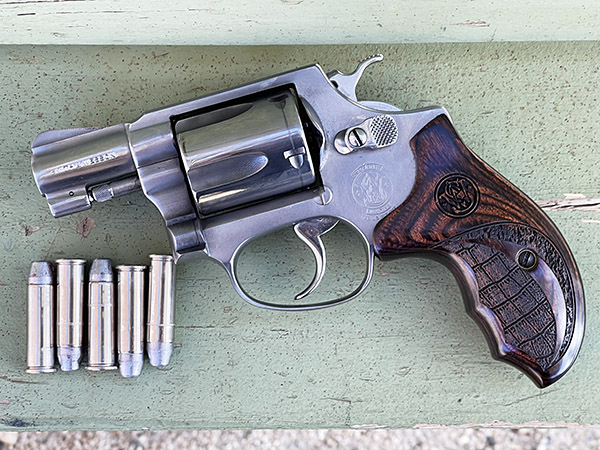 Here’s 50 rounds, shooting double action rapid fire (really rapid fire, as fast as I could while still hanging on to the front sight).
Here’s 50 rounds, shooting double action rapid fire (really rapid fire, as fast as I could while still hanging on to the front sight).

I was pleased with that target and the load. The load was light and easy to shoot. The Star can’t easily be adjusted for powder charge and I have it set up for wadcutter ammo, so all I changed was the bullet seating die. I didn’t even adjust the crimp; I just backed out the seater.
Next up was the same bullet (the 158 grain Hursman cast bullet), loaded with 5.4 grains of Accurate No. 5. I loaded this with the single stage RCBS Rockchucker.
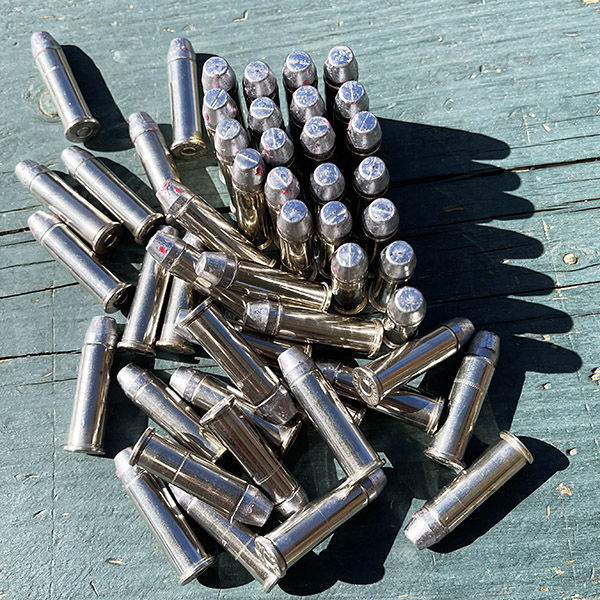
The load was noticeably hotter than the first load, but not so much that it became unmanageable. Here’s 50 rounds of the above ammo on the B21. The brown areas that appear to be bullet holes are not holes on this target; that’s the sun shining through previous holes behind the target.
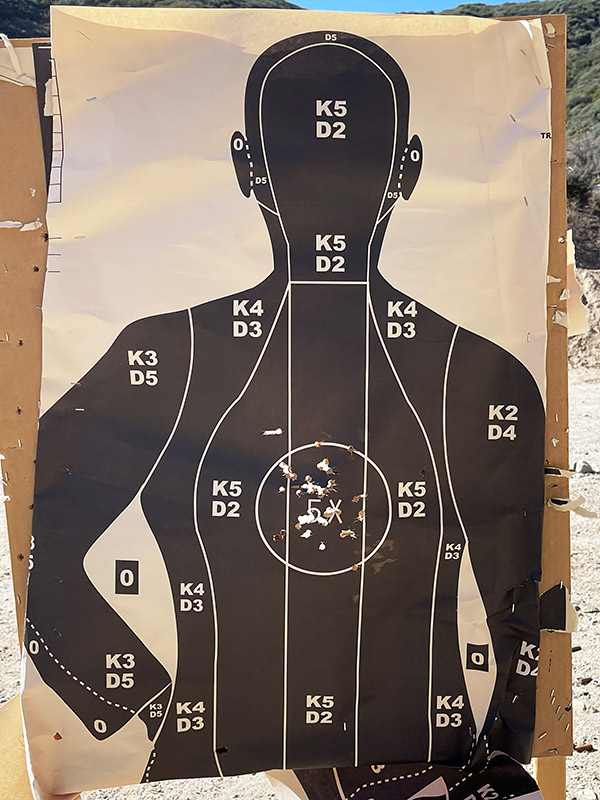
One shot went out of the 5X ring at 11:00. Eh, you can’t win them all. The guy in that target wouldn’t know the difference.
Then I shot another 50 rounds, this time wadcutter ammo. This was with the Gardner 148 grain powder coated double ended wadcutter bullet and 2.7 grains of Bullseye. I loaded this ammo on the Star.
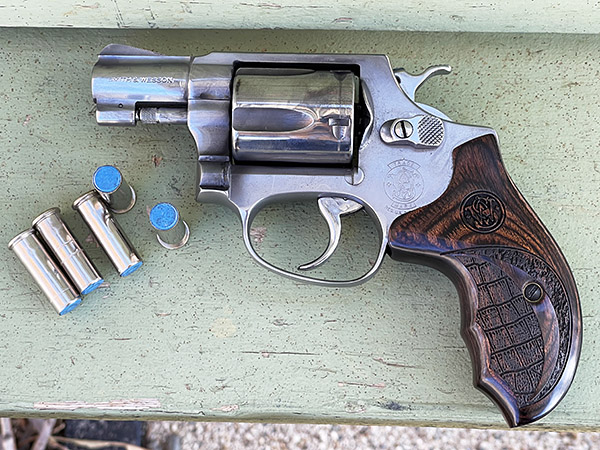
These had three shots out of the x-ring, but I was really flying, doing my best to imitiate Ed McGivern. You know, you can make a double action revolver cycle faster than a semi-auto pistol. Ed McGivern could, anyway.
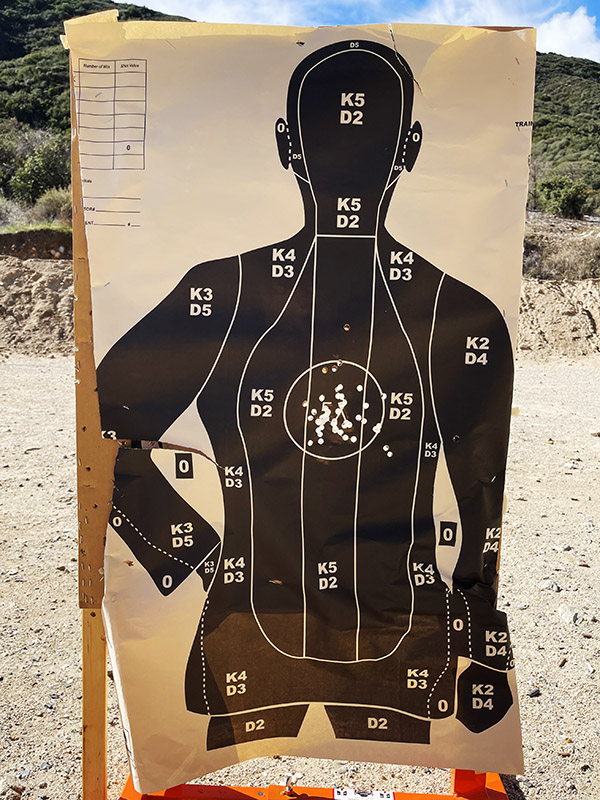
I had a good day at the West End Gun Club, but that’s stating the obvious. I don’t think I’ve ever had a bad day at the West End Gun Club, and I’ve been going there for close to 40 years. Here are the take-aways from today’s range session:
-
-
- I found it was easy to shoot really, really fast with the Model 60 and still keep all shots on the target.
- At this distance, all of the loads grouped about the same. I’d have to go out to 50 feet, I think, to see an accuracy difference.
- The one most pleasant to shoot was the 158 grain Hursman bullet with 2.7 grains of Bullseye, and at this distance, it was accurate. It’s a nice load. That load had less recoil than the same load with the 148 grain wadcutter bullet. I think that’s because the 148 grain wadcutter bullet has more bearing area so the pressure is probably higher. After returning from the range, I loaded the remainder of my Hursman cast bullets with this load.
- The gun shoots to point of aim with all three loads.
- The Model 60 is a wonderful handgun and shooting a snubnose .38 is fun. The keyboard commandos can wax eloquent about the need for 20-round magazines in the latest Wunder 9; five shots from a Model 60 does it for me.
-
As if the day weren’t perfect enough, someone left 250+ pieces of once-fired 9mm brass on the range. I ordinarily would not use range brass and Lord knows I have plenty of 9mm cases, but this was pristine stuff and I could see that it had never been reloaded. It’s in my blood, I guess; I can’t leave good brass laying on the ground (it was in my tumbler 10 minutes after I got home).
There are three outfits that I recommend you consider if you’re reloading .38 ammo and if you want your handgun to perform well. The first is TJ’s Custom Gunworks. TJ did the action job and polishing on my Model 60, and his work is beyond stellar. The next is Lance Shively’s TriggerShims.com. If you want to assure your cylinder gap is what it’s supposed to be to assure smooth cycling and minimize misfires, Lance’s shims will do the trick and they are inexpensive. The next is Lee Precision reloading gear. I am migrating to near-complete use of Lee equipment, and I used a Lee Deluxe 4-die set when loading the .38 ammo on a single stage press. I recently acquired a Lee four turret press as part of a Lee Precision package deal. I’ve always been completely satisfied with the gear I’m using from Lee. Watch for a near-term blog on the four turret press kit. I’m eager to get it into service, and when I do, you’ll read about it here.
Two more things: Here’s a link for the B21 targets you see above (they’re different and they’re fun to shoot). And, I frequently get compliments on the Altamont grips my Model 60 wears. They make the gun much more comfortable to shoot and they don’t print if you’re carrying concealed. If you want a set of Altamont grips, a good place to get them is on Amazon.
Never miss an ExNotes blog:


